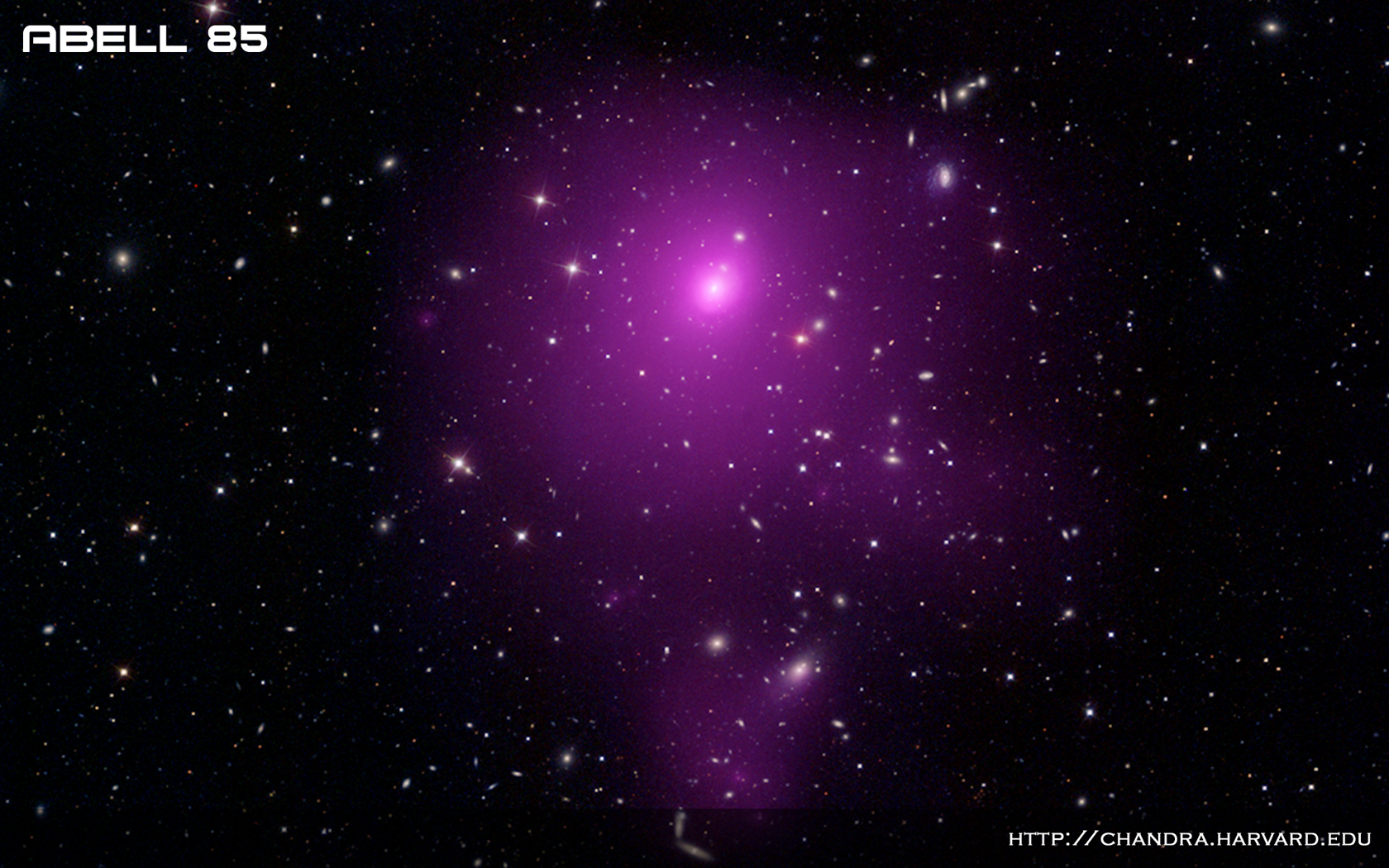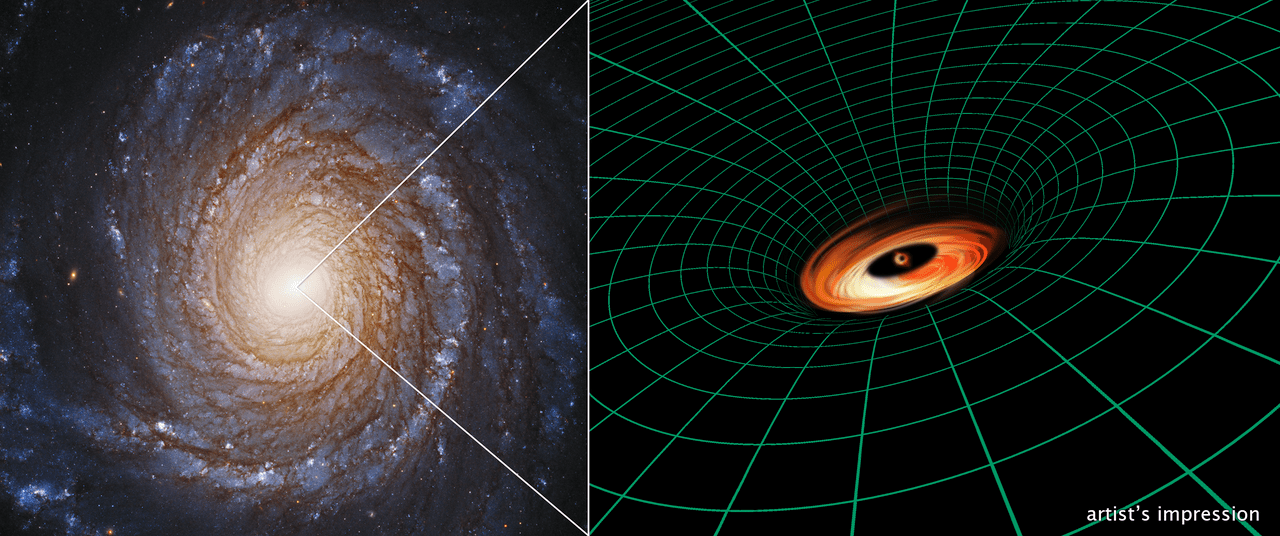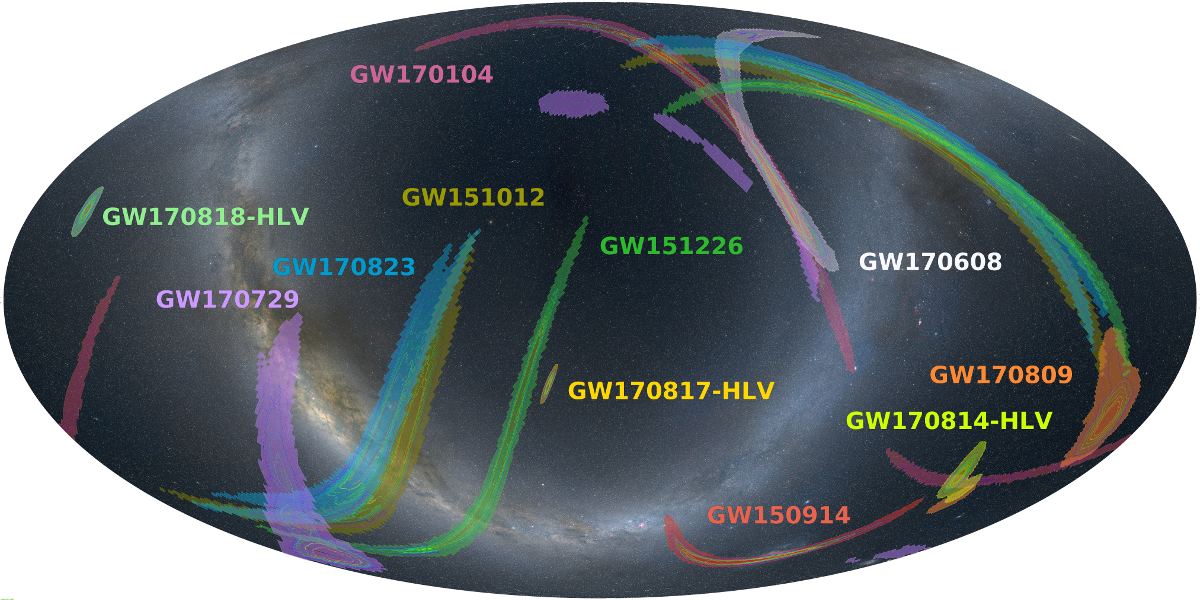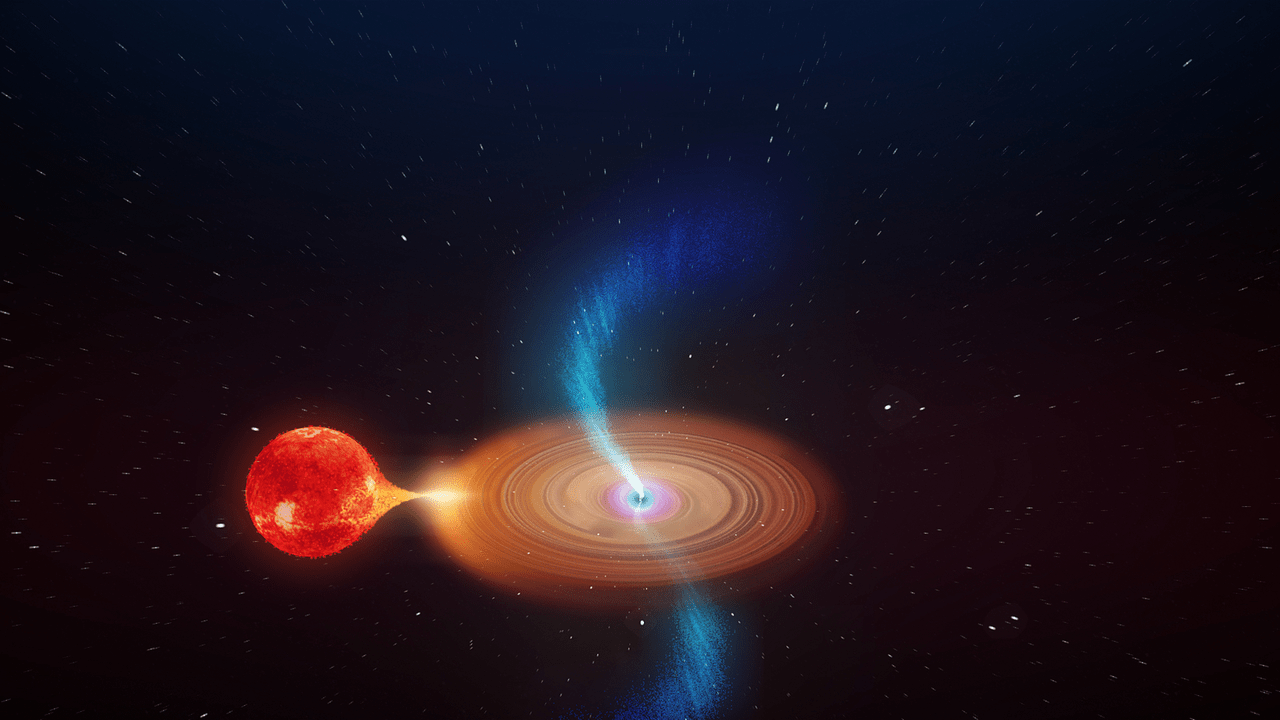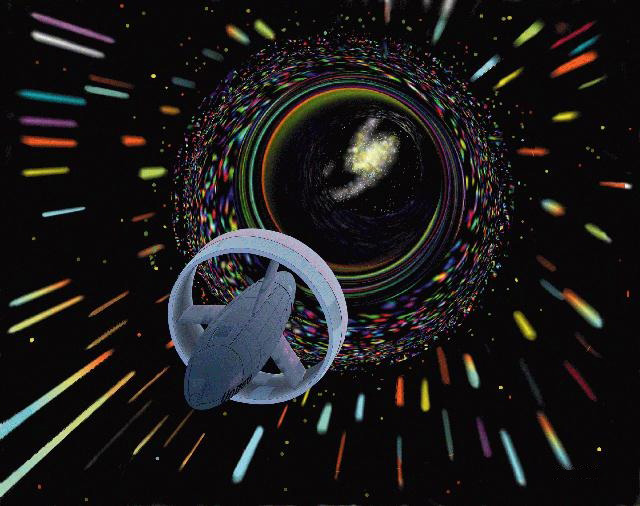If contemplating the vast size of astronomical objects makes you feel rather puny and insignificant, then this new discovery will make you feel positively infinitesimal.
It’s almost impossible to imagine an object this large: a super massive black hole that’s 40 billion times more massive than our Sun. But there it is, sitting in the center of a super-giant elliptical galaxy called Holmberg 15A. Holmberg 15A is about 700 million light years away, in the center of the Abell 85 galaxy cluster.
Continue reading “A Monster Black Hole has been Found with 40 Billion Times the Mass of the Sun”
